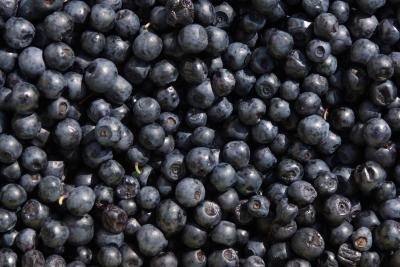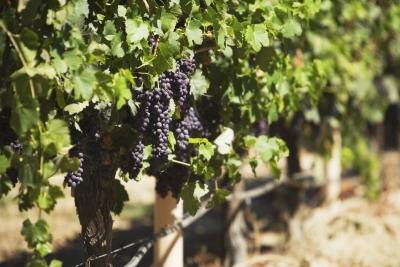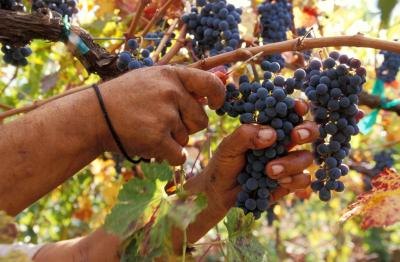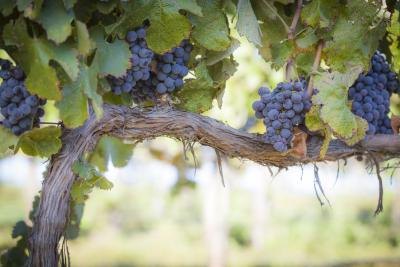Author
For further details log on website ;
http://econpapers.repec.org/paper/zbwcrc990/16.htm
Claudia Dislich, Alexander C. Keyel, Jan Salecker, Yael Kisel, Katrin M. Meyer, Marife D. Corre, Heiko Faust, Bastian Hess, Alexander Knohl, Holger Kreft, Ana Meijide, Fuad Nurdiansyah, Fenna Otten, Pe'er, Guy, Stefanie Steinebach, Suria Tarigan, Teja Tscharntke, Merja Tölle and Kerstin Wiegand
No 16, EFForTS Discussion Paper Series from University of Goettingen, Collaborative Research Centre 990 "EFForTS, Ecological and Socioeconomic Functions of Tropical Lowland Rainforest Transformation Systems (Sumatra, Indonesia)"
Abstract: Oil palm plantations have expanded rapidly in the last decades. This large-scale land-use change has had great impacts on both the areas converted to oil palm and their surroundings. Howev-er, research on the impacts of oil palm agriculture is scattered and patchy, and no clear overview ex-ists. Here, we address this gap through a systematic and comprehensive literature review of all ecosys-tem functions in oil palm plantations. We compare ecosystem functions in oil palm plantations to those in forests as forests are often cleared for the establishment of oil palm. We find that oil palm planta-tions generally have reduced ecosystem functioning compared to forests. Some of these functions are lost globally, such as those to gas and climate regulation and to habitat and nursery functions. The most serious impacts occur when land is cleared to establish new plantations, and immediately after-wards, especially on peat soils. To variable degrees, plantation management can prevent or reduce losses of some ecosystem functions. The only ecosystem function which increased in oil palm planta-tions is, unsurprisingly, the production of marketable goods. Our review highlights numerous research gaps. In particular, there are significant gaps with respect to information functions (socio-cultural functions). There is a need for empirical data on the importance of spatial and temporal scales, such as the differences between plantations in different environments, of different sizes, and of different ages. Finally, more research is needed on developing management practices that can off-set the losses of ecosystem functions.
Keywords: ecosystem functions; ecosystem services; biodiversity; oil palm; land-use change; Elaeis guineensis; review (search for similar items in EconPapers)
New Economics Papers: this item is included in nep-agr and nep-env
Date: 2015
References: View references in EconPapers View complete reference list from CitEc
Citations Track citations by RSS feed
New Economics Papers: this item is included in nep-agr and nep-env
Date: 2015
References: View references in EconPapers View complete reference list from CitEc
Citations Track citations by RSS feed
Downloads: (external link)
https://www.econstor.eu/bitstream/10419/117328/1/EFForTS_dp-16.pdf (application/pdf)
https://www.econstor.eu/bitstream/10419/117328/1/EFForTS_dp-16.pdf (application/pdf)
Related works:
This item may be available elsewhere in EconPapers: Search for items with the same title.
This item may be available elsewhere in EconPapers: Search for items with the same title.
Export reference: BibTeX RIS (EndNote, ProCite, RefMan) HTML/Text
Persistent link: http://EconPapers.repec.org/RePEc:zbw:crc990:16
Access Statistics for this paper
More papers in EFForTS Discussion Paper Series from University of Goettingen, Collaborative Research Centre 990 "EFForTS, Ecological and Socioeconomic Functions of Tropical Lowland Rainforest Transformation Systems (Sumatra, Indonesia)"
Series data maintained by ZBW - German National Library of Economics (econstor-publish@zbw.eu).
Series data maintained by ZBW - German National Library of Economics (econstor-publish@zbw.eu).
For further details log on website ;
http://econpapers.repec.org/paper/zbwcrc990/16.htm

.png)















